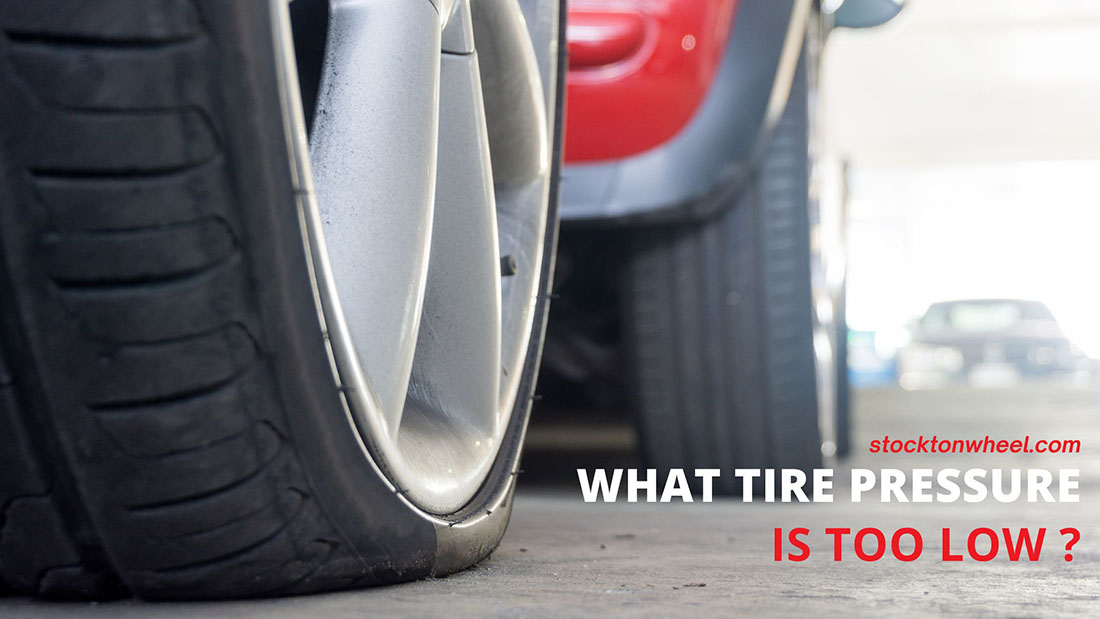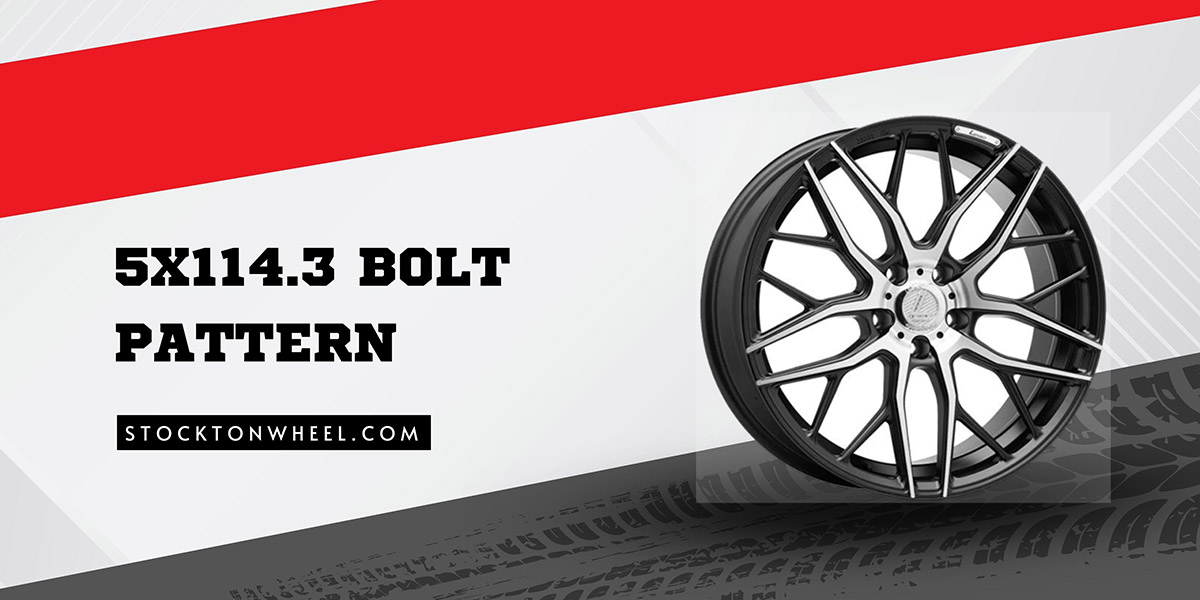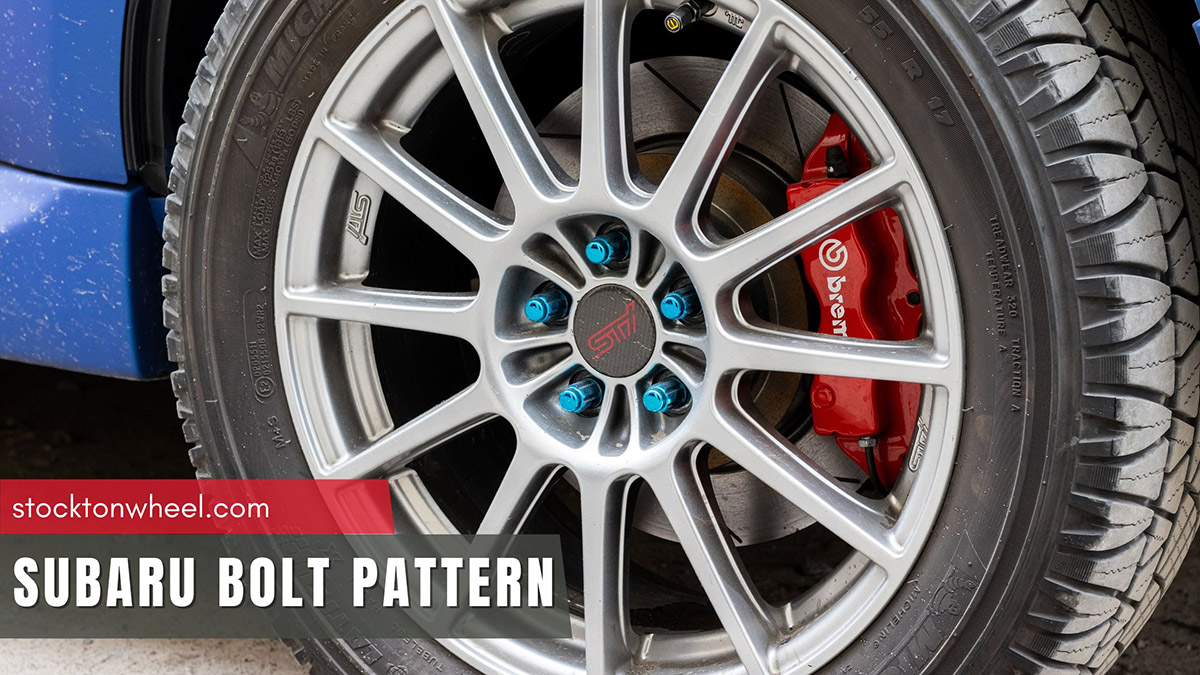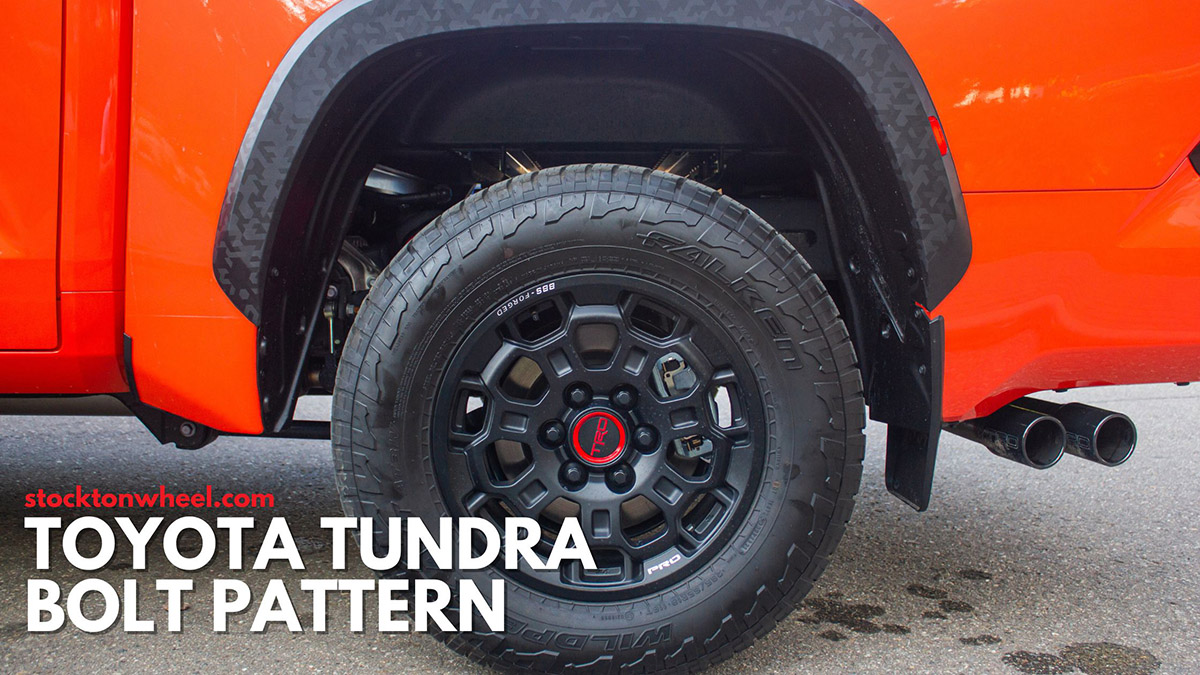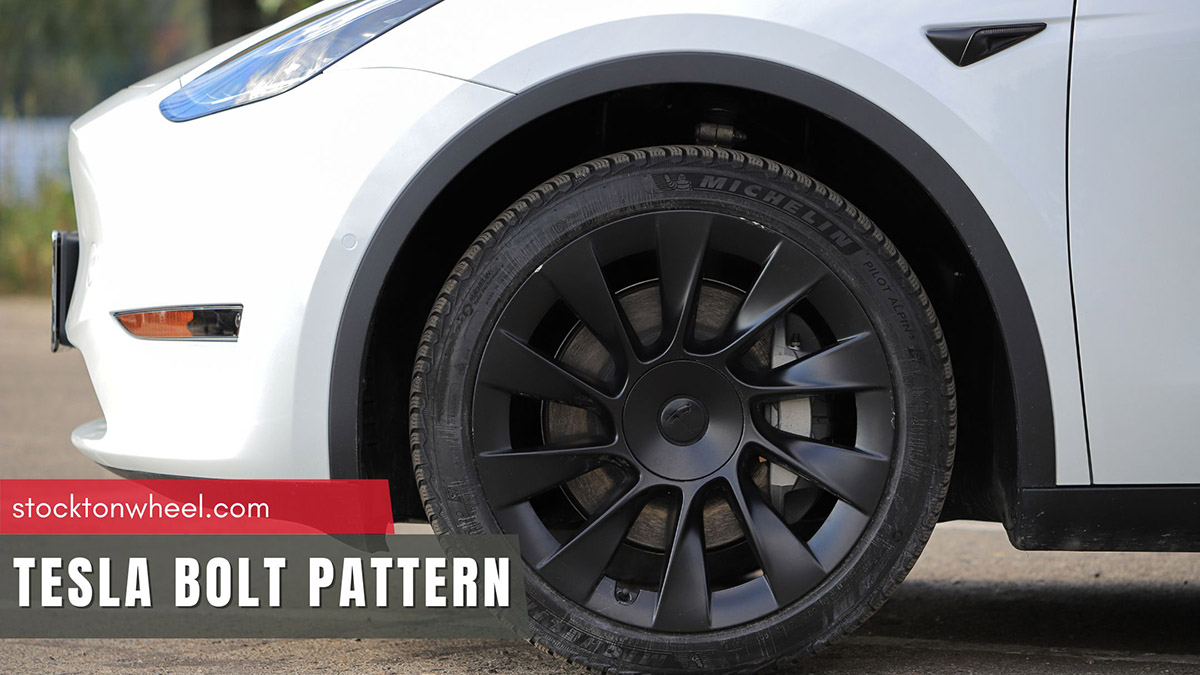Tire pressure is important if you want your vehicle to achieve optimal performance and safety. Incorrect PSI ratings greatly impact braking, handling, and fuel efficiency. While it is common knowledge that overinflated tires are problematic, understanding underinflation is equally important. The question is: How low is too low tire pressure? Scroll down to learn!
In this article:
What Tire Pressure Is Too Low To Drive On?
For passenger cars in normal conditions (on paved roads), 20 PSI is the lowest tire pressure you can drive on. Tires lower than 20 PSI are considered flat and dangerous for you and other road users, followed by reduced gas mileage, poor handling, excessive wear, and a higher risk of a blowout.
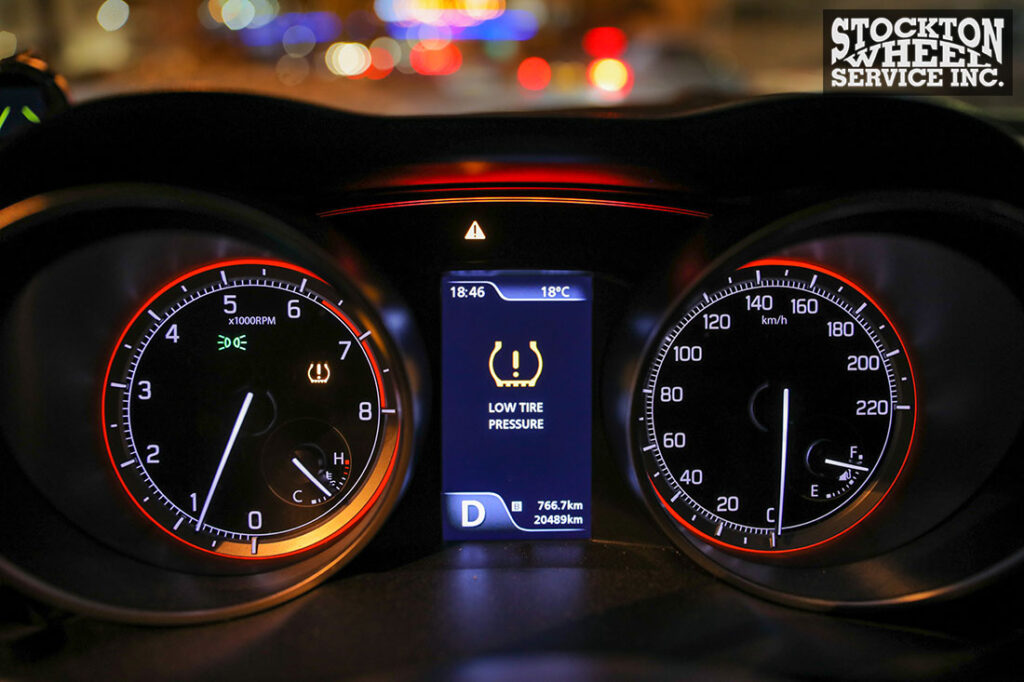
However, specific terrain leads to different pressure levels due to the changing contact between the tire and the road surface.
For instance, we deflated four tires on our Jeep Wrangler to 14-16 PSI to roam the sand roads along the Knik River in Alaska. The low pressure allowed for an even distribution of the vehicle’s weight over the contact surface, keeping our car from sinking.
On the other hand, driving on rocky terrain requires an increased PSI range from 35 to 40. The rubber compound becomes harder to withstand the impact of sharp rocks.
For more details, you can check out our recommended tire pressure guide
How Long Can You Drive With A Low-Pressure Tire?
The usage period of a low-pressure tire depends on several factors, including underinflation severity, tire type, road conditions, and driving habits. In general, never travel more than 50 miles or 1 hour.
If you want to reach locations that are farther than the safe distance, it is best to maintain a slow speed and strictly control any unusual signs that may occur. The further you move, the greater toll it takes on your vehicle afterward. On top of that, you put yourself in danger.
What Decreases Your Tire Pressure?
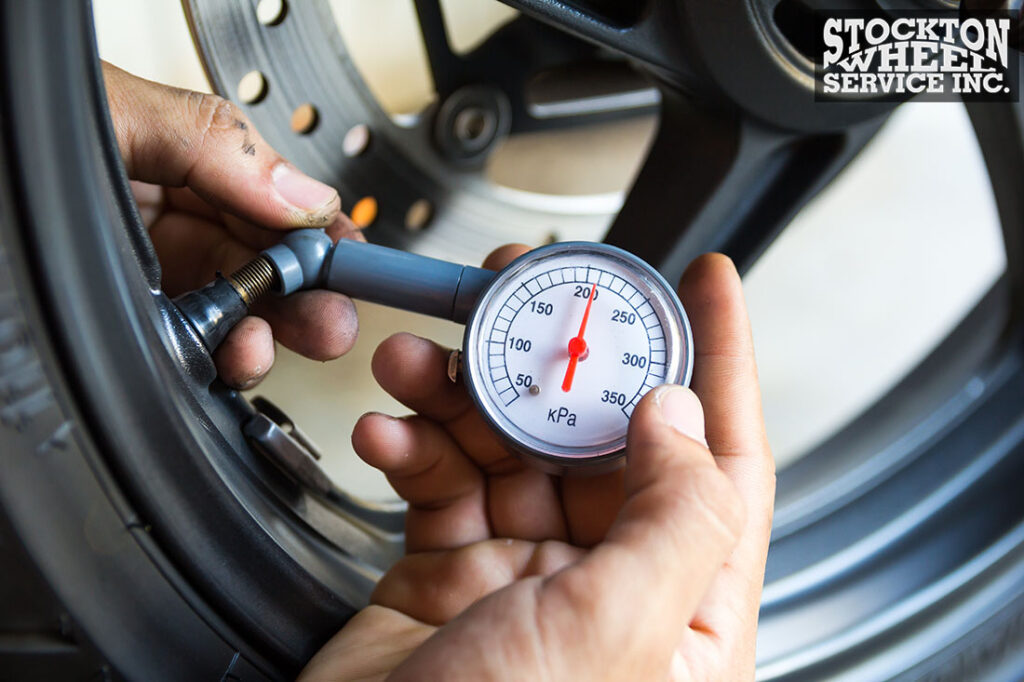
Several factors can cause a drop in tire pressure. While most tires naturally lose 1-2 pounds per square inch per month, harmful elements accelerate this process.
For example, a puncture or leak causes your tire to go flat, but how quick the air escapes also varies. Punctures tend to flatten your tire immediately when a nail, screw, or other sharp object penetrates the rubber compound and leaves a large hole. Meanwhile, cracks, broken valve stems, or damaged wheels might trigger a slow leak.
Additionally, temperature fluctuations can have a significant impact on tire pressure. As temperatures rise, the air inside the tire expands, leading to an increase in tire pressure. Conversely, in colder conditions, the air contracts and drops the PSI.
What Happens When Your Tire Pressure Is Low?
Decreased Fuel Efficiency
When tire pressure is low, the contact surface between the tire and the road increases. As a result, greater rolling resistance forces the engine to work harder to maintain normal operation. The car, therefore, consumes more energy to move forward.
According to expert estimates, tires reduce gas mileage by 2% when they lose 5 pounds per inch. Fuel efficiency witnesses significant loss when the air pressure is not optimal.
Excessive Wear And More Frequent Changes
As mentioned above, a larger contact area with the road means more wear and tear. The outer edges endure extra load and friction, so underinflated tires suffer from severe wear on both edges.
Needless to say, the tread pattern is inefficient, so it requires more frequent maintenance. You end up spending more money on repairs or even replacements.
Poor Tire Performance
Deteriorated tire condition seriously affects its performance, thereby hindering the handling of your vehicle. For example, an under-inflated tire leads to excessive sidewall flex as it handles turns and brakes. It tends to skid when rolling on slippery roads, even when you only maintain at low speeds.
Braking distances increase while steering response times decrease – a true nightmare for all drivers. This means that the safety features are no longer effective enough to save you from the hands of death.
Tire Blowout
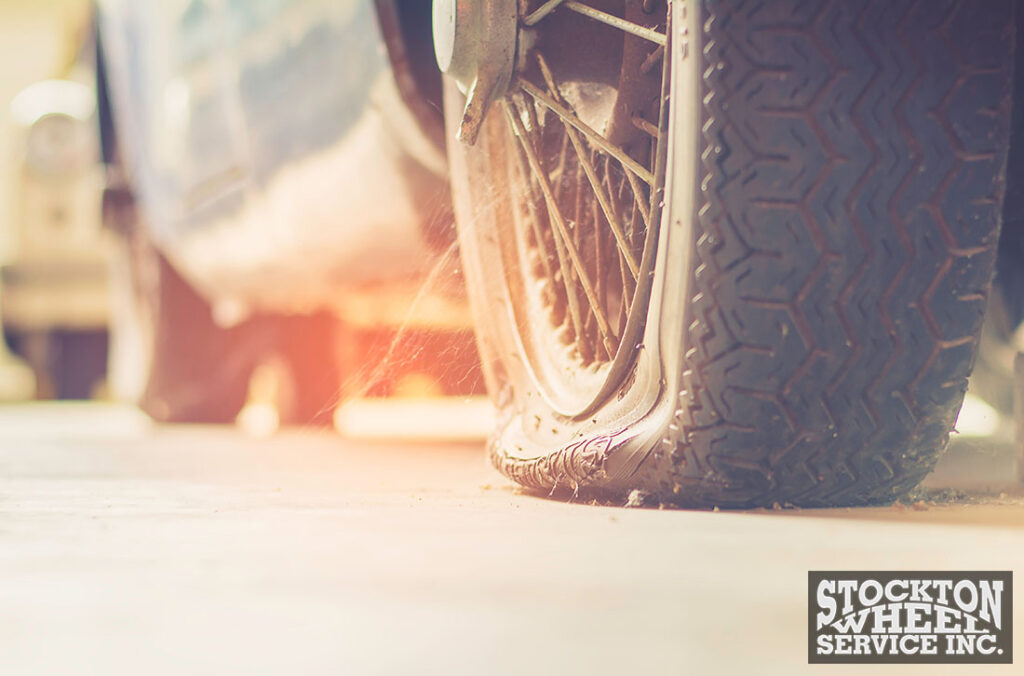
The worst-case scenario of low pressure is a tire blowout. Large contact area promotes heat accumulation. Since the tire’s condition is unsafe due to wear, the rubber compound heats up and explodes after a long period without timely repair.
A sudden blowout makes it impossible for the driver to perform braking or steering operations. Worst of all, a large explosion could flip your car over and lead to a serious accident. It is a disaster when operating at high speeds or entering the highway.
The Signs Of Underinflated Tires
TPMS Warnings
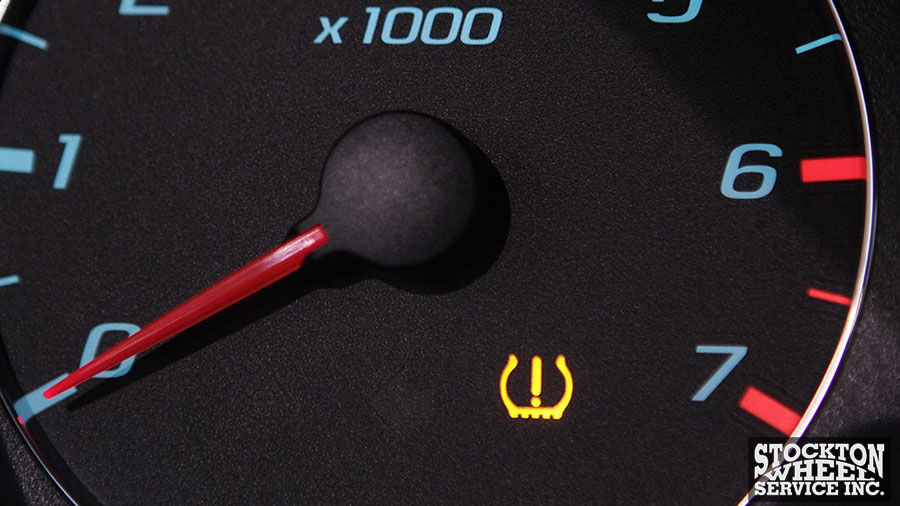
A timely inspection with cutting-edge technology is good news for owners of modern cars. Models from 2008 onwards came to market with a Tire Pressure Monitoring System (TPMS).
This function includes sensors that monitor PSI ratings at the tires and report to the center console when there are pressure fluctuations. Note that this part has a lifespan of 5-10 years, so periodic replacement is necessary to ensure effectiveness.
Distorted Tire Shape
One of the most recognizable signs of underinflation is the change in the tire’s shape. The contact area between it and the road surface becomes flatter than usual. That’s how you visually check before starting long trips.
Flapping Noise
A properly inflated tire is unlikely to be noisy when operating on the highway. On the contrary, the edges collide too much with the road surface and create strong friction. Hence, they become noisy when the pressure is too low.
Reduced Steering Abilities
Although steering capabilities decrease for many reasons, you can also consider underinflated tires. Low pressure delays steering feedback and makes control more difficult. For example, you feel your car leaning to one side or not moving in a straight line the way you want it to
Increased Stopping Distance
Despite being a vague indication, some studies have shown that underinflated tires have a greater stopping distance than well-inflated ones. This phenomenon becomes more serious in extreme conditions such as rain or snow. The grip is reduced, so the vehicle takes longer to come to a complete stop.
See more: Low Tire Pressure Cold Weather
How To Avoid Low-Pressure Rate
As mentioned, you can count on the TPMS to monitor the tire pressure and pump more air if needed. Besides, it is advised to visually inspect your tires before driving your vehicle or, better yet, every day. If you feel unsure about your guesswork, invest in a pressure gauge.
This tool does not cost much but gives you the exact PSI of your tire. Compare with the manufacturer’s recommended pressure range, and you know exactly what to do with your tires.
FAQs
What Is The Lowest Tire Pressure You Can Drive On kPa?
The lowest safe limit for driving on low tire pressure is 20 PSI, which equals 140 kPa.
How Far Can You Drive With 0 PSI?
You can’t go any extra mile with a completely flat tire, unless you want to destroy the rims and wheels. If your car is equipped with a run-flat tire set, it can operate within 50 miles at 50 mph.
Conclusion
Operating a vehicle with tire pressure below 20 PSI can have detrimental effects on multiple aspects and pose higher risks of accidents. Hence, maintaining proper pressure is crucial for your tires’ safety, performance, and longevity. The PSI rating can vary depending on factors such as vehicle type, load, and climate, so adhering to the manufacturer’s recommendations is essential.

